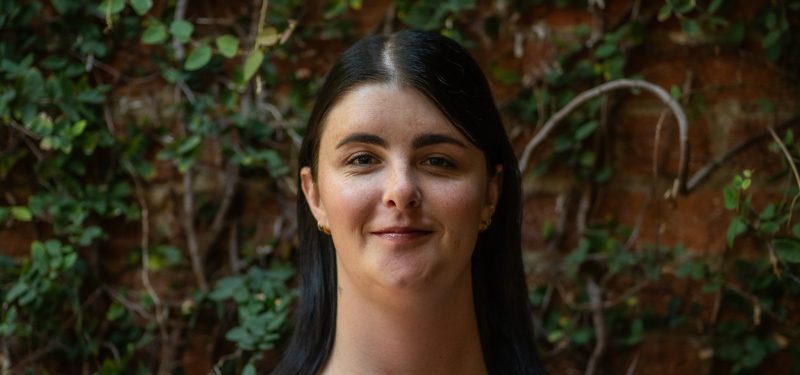A job ad asking “Can you sell? Can you listen?” drew him to the gates of the sprawling, 90-acre burial ground that faces the Grand Central Parkway at…
By Cynthia Koons
It wasn’t a morbid fascination with death that brought Ed Horn to St. Michael’s Cemetery five years ago.
A job ad asking “Can you sell? Can you listen?” drew him to the gates of the sprawling, 90-acre burial ground that faces the Grand Central Parkway at 72-02 Astoria Blvd. in East Elmhurst.
Horn wasn’t even aware that he was interviewing for a position in cemetery sales — it took some finagling on the part of the interviewer to get him to consider the position.
A half a decade later, Horn, the director of sales and marketing for the burial ground, says St. Michael’s is a gem in the cemetery business, an industry that is increasingly constricted by the limitations of space in New York City.
“It would be hard for anyone to find a cemetery as well-maintained, constructed and operated as this one,” he said, while walking the hallowed grounds of the more than 150-year-old graveyard.
First established in 1852 by St. Michael’s Church in Manhattan to provide a free burial ground for the poor, the cemetery now reflects the diverse nature of the borough it calls home. Black gravestones are etched with Greek-lettered names, urns bearing ashes have Chinese inscriptions and the crematorium that is under construction will house a viewing room for Hindu families to observe the final moments before their loved one’s body leaves the Earth.
“There are so many ways of taking care of a family’s needs,” Horn said. “Anyone who wanted to do a great TV show would come to a place like this and pick a headstone and start their story.”
In the historically German section of the cemetery, he pointed out granite headstones below eroded but still visible ornate angel statues. He stopped to admire a Dough Boy statue atop the gravestone of Cpl. Robert Kellner, who died in 1918 in the Argonne Forest in France while fighting in World War I.
Musical composer Scott Joplin, most famous for writing the song “The Entertainer” from soundtrack to “The Sting,” is also buried in St. Michael’s.
Unfortunately, Horn said the graveyard does not have the capacity to grow infinitely because it is in danger of running out of the city’s most coveted resource — space.
“Cemeteries are the only business that are designed to go out of business,” he said. “In cemeteries, what people are now attuned to is above-ground interment.”
For that reason, he said the facility is busy building mausoleums to accommodate more graves without selling off the few remaining grassy plots.
“We would prefer never to sell one of those again,” he said of the traditional headstones in the sprawling fields of the graveyard. “It’s really squandering a resource for the city of New York.”
Instead, he promotes the mausoleums through preconstruction discounts and community outreach.
He said 85 percent of memorial sales is done pre-emptively because the cost of burial plots is continually on the rise.
“This is a business that smart people take advantage of pre-need.”
Reach reporter Cynthia Koons by e-mail at news@timesledger.com or call 718-229-0300, Ext. 141.


































